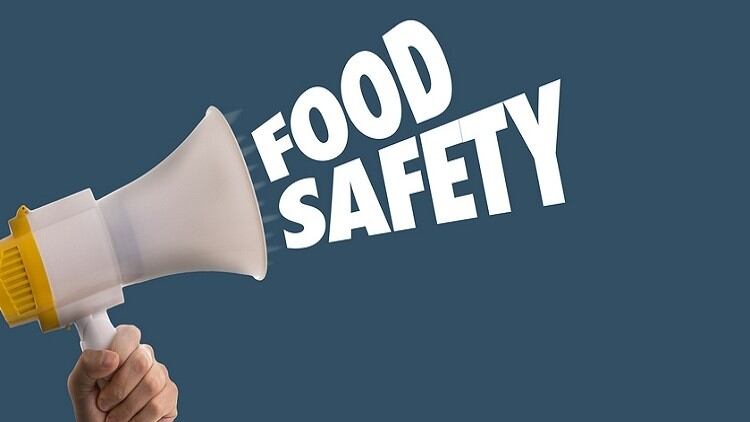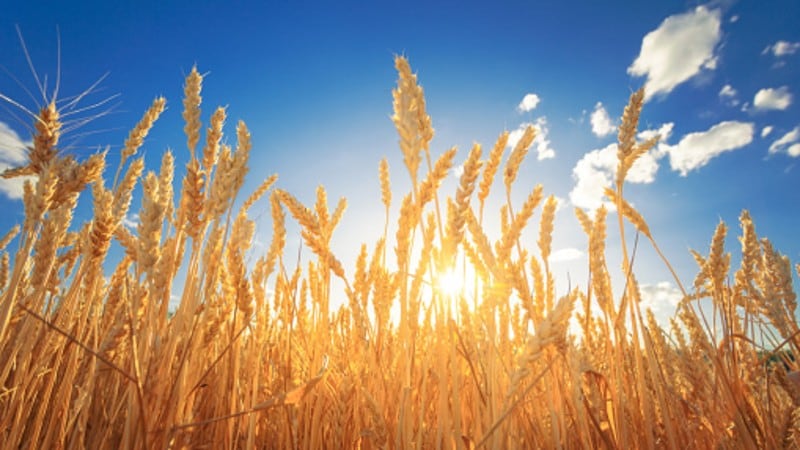The Varroa Destuctor mite is a parasite that attaches itself to honey bees and feeds on them by sucking out their tissues, devastating entire honey bee colonies in a short period of time worldwide.
“We really are the lucky country –Australia is the only inhabited continent in the world that hasn’t been impacted by the Varroa Destructor, which has impacted some of our closest neighbours, including New Zealand,” Bega Foods Executive General Manager Adam McNamara told FoodNavigator-Asia.
“[That said], experts predict that it’s only a matter of time before the Varroa mite establishes itself in Australia, [hence] when we began to develop B honey, we recognised [this as a] significant threat facing Australia’s honey industry [and sourced for a way to prevent it].”
The Purple Hive Project, which is based on artificial intelligence technology combined with 360-degree camera technology, is located in makeshift manmade purple ‘hives’ which bees actually use to build their hives in, and works to detect and distinguish healthy bees from bees carrying Varroa Destructor.
“The Purple Hive algorithm observes each individual bee that enters the hive to determine if the Varroa Destructor is present. [When a mite is detected and the alarm sounded,] we can then take action to prevent its spread if it were to make its way into Australia [before it gets to other hives],” said McNamara.
Because Varroa mites are not generally present in Australia – and there would be obvious resistance to bringing any into the country just to experiment with – the Purple Hive has most recently undergone testing in New Zealand, and work is underway to establish similar hives in Australia soon.
“Our immediate focus is on high-risk locations, such as entry points to Australia. The long-term vision is that the Purple Hive Project will create a network of hives located across Australia, in high-risk locations, to support the Australian honey industry,” he said.
Although he remained coy on where the exact ‘high-risk’ locations and entry points in Australia were, Plant Health Australia (which tracks endemic and exotic pests found in the country) stated that Varroa Destructor is a target pest with the National Bee Pest Surveillance Program currently targeting this with surveillance programmes in all the Australian states: New South Wales, South Australia, Tasmania, Victoria, Western Australia and Queensland.
Over the past five years, Varroa mites have only been detected twice (and contained thus far) in Australia, with both incidents occurring in the city of Townsville, Queensland which can be considered higher-risk based on its history. The species involved was a slightly different one (Varroa jacobsoni), although it is also a Varroa mite, so it remains possible that Purple Hives will be installed here for surveillance and defensive purposes.
McNamara did not confirm this, but stressed that the Purple Hives would eventually become available to the general honey industry – and not just for B Honey – in the future.
“While our Purple Hives are not available for commercial roll-out at this stage, it is our vision that this technology will become available to Australia’s beekeeping community in the future,” he said.
B honey and purple
Bega Cheese launched B Honey earlier this year in May, and McNamara described the entry into honey as a ‘natural extension’ for the firm.
“Bega is a market leader in spreads, therefore, moving into honey was a natural extension for our business. B honey joins our leading spreads portfolio, which includes Vegemite, Bega Peanut Butter and Bega Simply Nuts natural peanut butter,” he said.
“[We have carried] the use of the colour purple throughout all aspects of this project – from B honey to the Purple Hive Project - as an homage to bees, who love the colour purple.
“Not only do the bees see the colour purple clearer than any other colour – they also see a specific purple, known as ‘bees’ purple. This purple isn’t visible to the human eye.”
B honey currently carries five SKUs of 100% pure Australian honey products across different packaging formats: A 300g squeezepack, a 450g squeezepack, a 450g glass jar, and two premium varieties: Red Gum honey from Murray River and Yellow Gum honey from the Victorian Goldfields region.
“[The] premium varietals have been sourced from bees foraging freely near flowering Red Gum and Yellow Gum trees in the respective regions which provides the distinctive flavours, colours and aromas of the premium varietal range naturally,” said McNamara.
The regular B honey products are priced between A$6.50 (US$4.68) to A$8.50 (US$6.12), whereas the premium products are priced at A$8.50 (US$6.12) for 325g.





